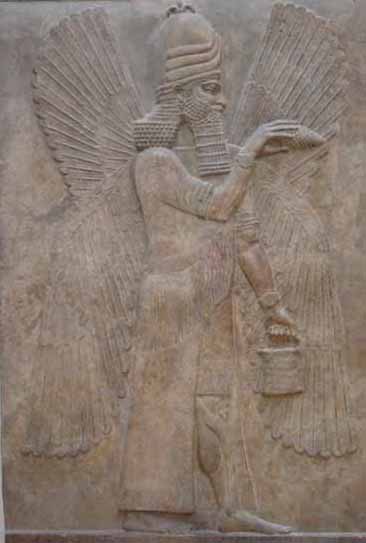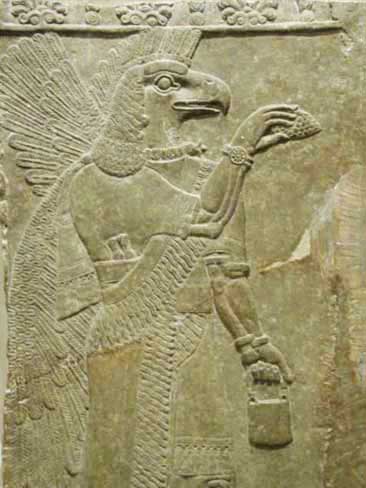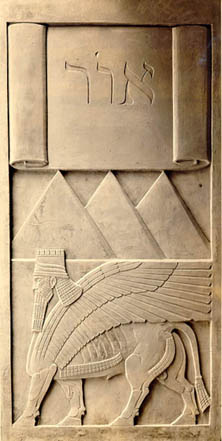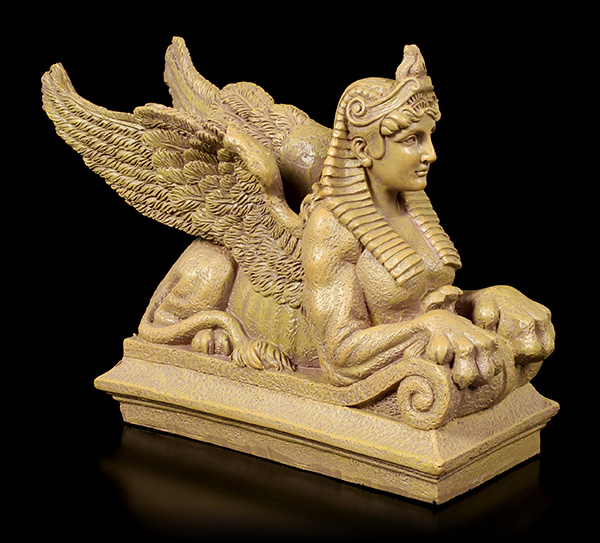Winged Beings - Crystalinks (original) (raw)
Winged Beings


The Anunnaki take us to Zoroaster, Zarathustra

Winged beings are depicted in ancient texts, hieroglyphs, cave paintings, and more. Many show human bodies with bird heads and wings. They are an archetype for transition of consciousness to higher realms of thought. Creational Myths most often refer to winged gods and goddesses denoting that they came from a higher realm of creations.
Winged Sphinx

The Sphinx did not occur in Mesopotamia until around 1500 b.c. when it was imported from the Levant. In appearance, the Asian sphinx differed from its Egyptian model mostly in the addition of wings to the leonine body. This feature continued through its history in Asia and the Greek world. In the art of Mycenaean and Minoan times, the sphinx is a common motif: she is usually winged and crowned.
Sphinxes continue to feature in Greek art through the Dark Age and on into the Archaic World. But the Minoan pattern, as expected, disintegrates. There's no longer any agreement as to what constitutes a sphinx - many are again male, often bearded, wingless, or with bodies or legs from other animals - there's even the occasional addition of a snake's tail. The female sphinx reappears around 750 BC, as communications reopen with the east, and by the 7th century the winged female sphinx predominates.
The crouching sphinx, female and winged had evolved - mainly through the work of orientalising Corinthian painters - into a standard type, which, from the beginning of the 6th century influenced most subsequent painters as well as sculptors. These early sphinxes are never monumental, they are decorative, and found alone, in pairs, or among other animals (especially lions). But the classical form had stabilized: she was female, and winged.
Herodotus calls the male sphinxes he saw in Egypt androsphinges, as if sphinx was naturally feminine (and the word is in fact always feminine gender in Greek). The first time a representation of a winged girl-faced lion is called sphinx (actually sphinx - see above) is on an Attic Black Figure band cup by the potters Archicles and Glaucetes, dated to about 550 BC.